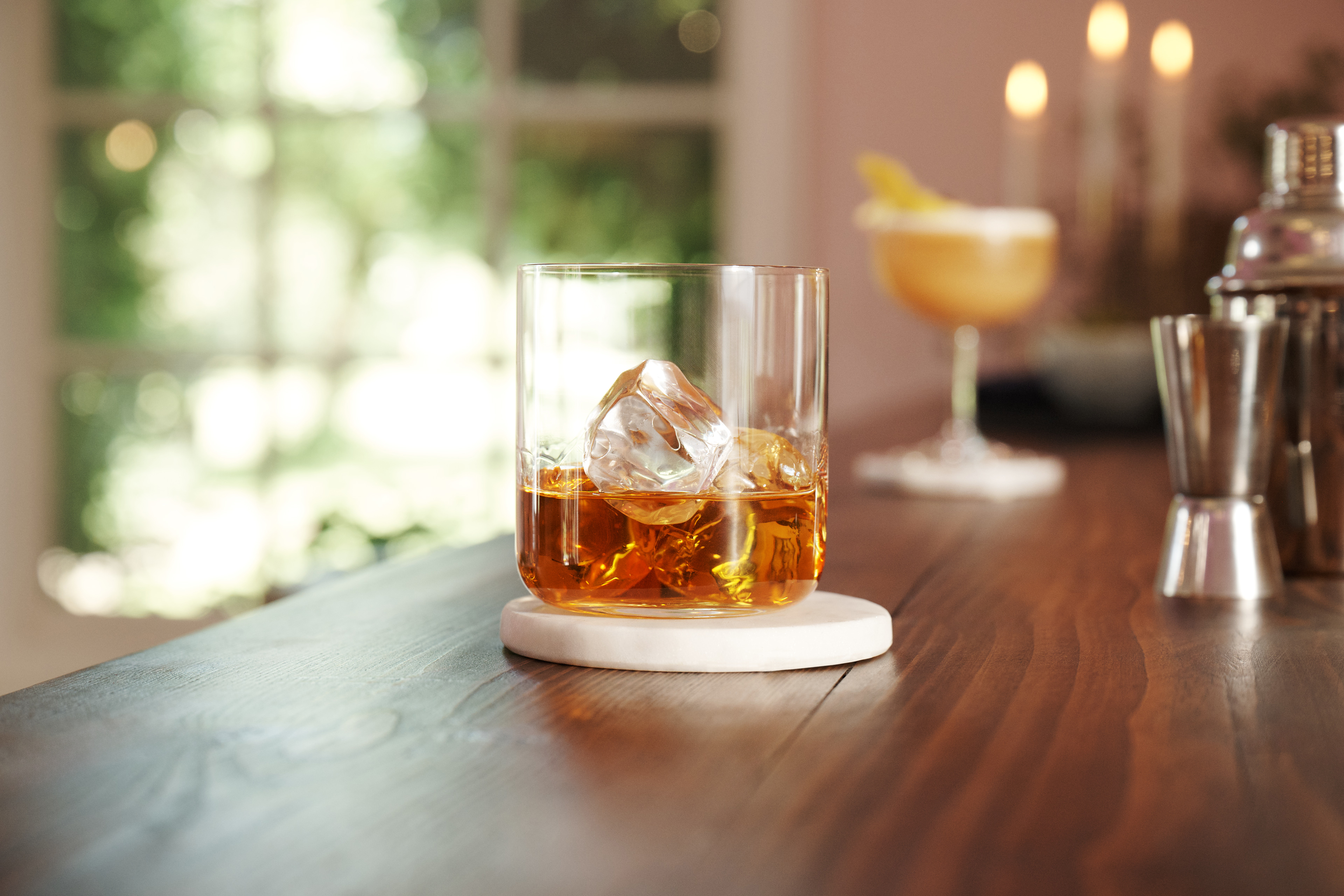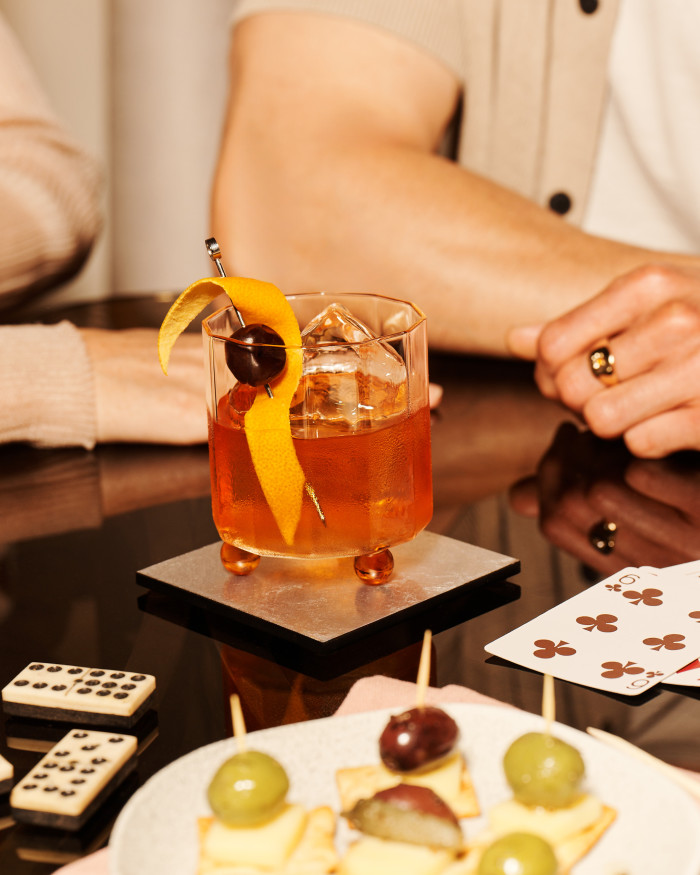Everything You Need to Know About Japanese Whisky
Speaking in stereotypes, it’s easier to think of Japan as the land of invention. The home of things we import into our lives - from Sony to sushi, the Nintendo to Nikon, Japan is happy to give a lot to the world, and we’re happy to take it.
But there is something Scotland gave back to Japan - whisky. From the land of the sup to the Land of the Rising Sun. And this has been going for a lot longer than one might think. If you’ve assumed the rise in Japanese whisky brands is something of a recent phenomenon - a sign of Scotland’s homegrown luxury adopted and adapted in all four corners of the world - you would be wrong.
The first Japanese whisky distillery dates back to 1923. That makes Japanese whisky older than the car radio, Scotch tape and the frisbee. Read on to explore more about Japanese whiskies, including what they taste like, how they’re made and how a love story is at the heart of the spirit…
*Malts.com is a Diageo website. Some of the brands featured in this article are not affiliated or associated with Diageo.
A history of Japanese whisky
The provenance of Japanese whisky can really be traced back to one man: Masataka Taketsuru.
Masataka Taketsuru, often dubbed the Father of Japanese whisky, was a chemist who found himself in Scotland in 1918. He studied at the University of Glasgow, which not only led to various apprenticeships at distilleries across Scotland, it fostered a love for the spirit - and it’s where Masatake met his Scottish wife, Jessie Roberta Cowan (later Rita Takestsuru).
In 1920, he returned to Japan and began working for Suntory, which at the time mostly focused in fortified wines. He was tasked with establishing Japan's first whisky distillery in Yamazaki, just outside of Kyoto. In 1929, Suntory launched their first whisky, Suntory Shirofuda.
In 1934, he left Suntory to establish his own whisky distillery, what’s today known as Nikka.
With his wife - arguably an unsung woman in whisky’s history who had gone against her family’s objections to join her Mastaka in Japan in the first place - Rita was able to find work as an English teacher, supporting her husband’s dram dreams. Together, they travelled to Hokkaido in the northwest, a region with a climate comparable to Speyside in Scotland. They quickly got to work and by 1940, their first batch was complete.
Japanese whisky had its first major brands, and today, along with the likes of Chichibu and Yamazaki, Suntory and Nikka remain some of the defining distilleries in the Japanese whisky industry.

How does Japanese whisky get made?
Generally speaking, most Japanese whisky is comparable to blended Scotch whisky. One of the most popular types of Scotch, blended whiskies are thought to make up 90% of Scotch sales worldwide and, like a Japanese whisky, are made by bringing together a blend of one or more single malt whiskies and one or more single grain whiskies.
For many years, Japanese whisky didn’t face the same level of restrictions or categorisation of Scotch whiskies, as an example, but new rules were established governing the production and classification in March 31, 2024.
Coming into effect on that date, the Japan Spirits & Liqueurs Makers Association (JSLMA) set out some key points for making a Japanese whisky, including:
It must be fermented, distilled and aged at a distillery in Japan
It must contain malted grain but other non-malted cereal grains can also be included
It must use water extracted only in Japan
It must be aged for at least three years
It must be bottled in Japan.
What is different about Japanese whisky?
One of the key elements that differentiates and defines Japanese whiskies is the philosophy behind how the distilleries produce their spirits.
While it’s typical for the likes of Scottish distilleries to exchange whiskies to create their blends - such as the masterful finish of Johnnie Walker blends using whisky from the likes of Caol Ila or Clynelish - Japanese distilleries traditionally operate as siloed units.
Working as self-contained brands from start to finish, a vast array of different whisky styles will be produced within a single company or distillery. To do this, a single distillery won’t stick to a single formula, instead using a wide range of still shapes and sizes, yeast strains, fermentation times and different casks to create a diverse collection of spirits and flavours.

What does Japanese whisky taste like? How should I enjoy it?
Japanese whiskies have become celebrated by trend-seekers and tastemakers alike. But what exactly does it taste like and what makes it stand out?
To answer, we asked Luxury Brand Ambassador, Maurits Wetemans. He shared, “For those more familiar with whisky nuances, Japanese whisky offers depth and complexity. Some Japanese whiskies are aged in Mizunara oak barrels, imparting unique flavors like sandalwood, coconut, and oriental spices. The meticulous attention to detail in blending results in layers of flavor that unfold gradually. Experienced palates might detect savory umami notes alongside traditional sweet and smoky elements.”
“Japanese whisky is versatile in how it can be enjoyed. Drinking neat allows you to appreciate its delicate flavors fully, while serving it over ice ("mizuwari") is a popular method in Japan that slightly dilutes the whisky while keeping it refreshing.”
“Japanese whisky works well in cocktails due to its balanced profile. The classic way is of course the Highball, a simple but delicious mix of whisky with soda water over ice for a light, refreshing drink. And if you want something with more depth of flavor? Then try adding a small amount of a cordial for example while being aware of which flavours will match the flavor notes of the whisky.”
Whisky has become a global phenomenon, and Japanese whisky is just one example of how Scotland’s water of life can be transformed and translated. If you’d like to learn more about the different whisky types, it doesn’t just stop at Scotch. Discover more about Irish whiskey, Canadian whisky, American bourbon and more.



